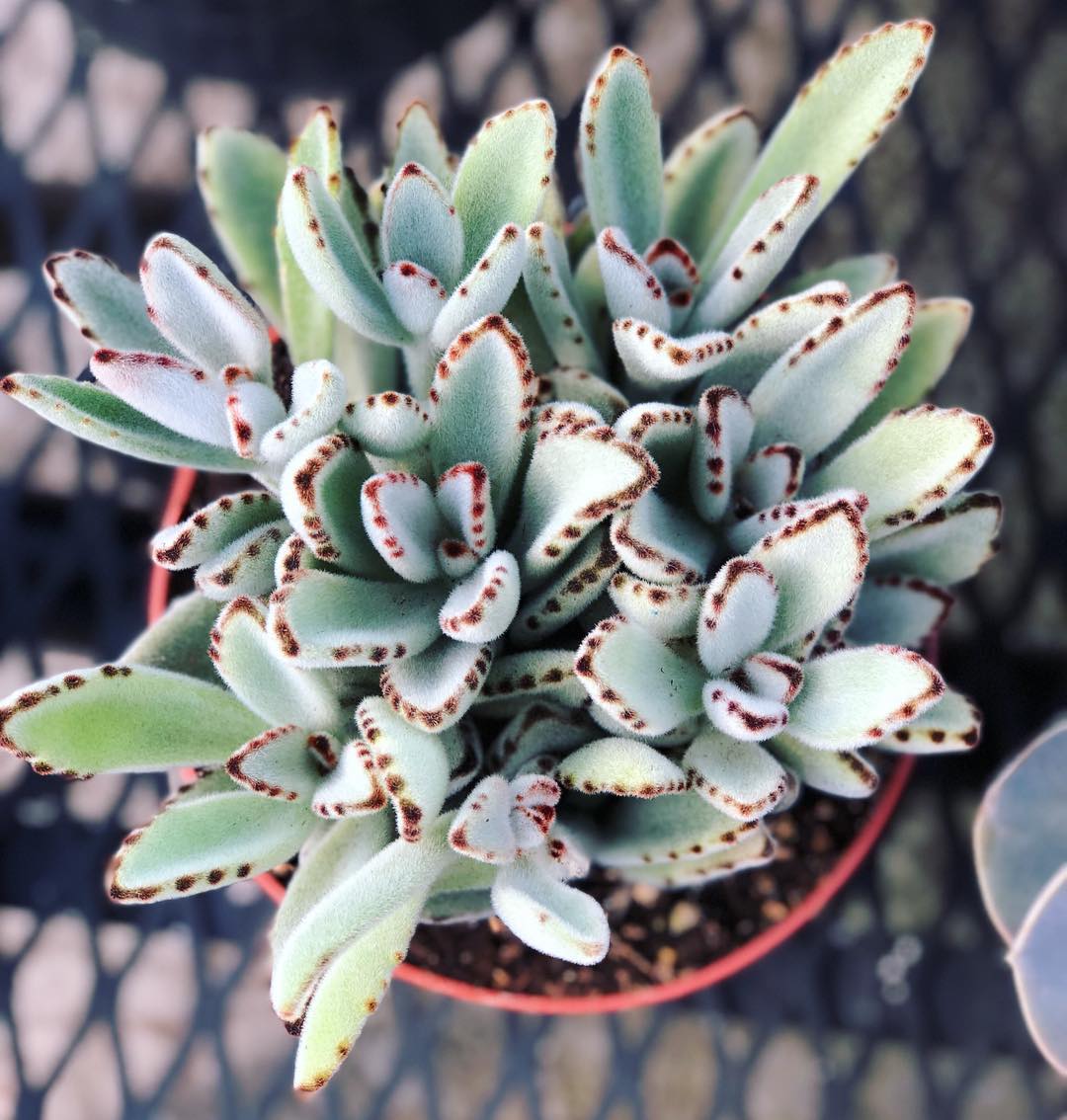
I love the color and texture repetition of this pot pairing, don't you? One small nursery plant, after a year's growth, will yield three or more cuttings you can use to start new plants. Kalanchoe tomentosa (panda plant) and its cultivars are among the easiest succulents to grow and excellent for beginners. Why the fuzz?įine hairs help to shade the plant, deflect the sun's ultraviolet rays, keep pests away, and lessen moisture loss.Ībove: Kalanchoe tomentosa 'Teddy Bear' is an Altman Plants introduction. If you're buying online, your best bet is Mountain Crest Gardens (affiliate link).Ībove: Snow White panda plant ( Kalanchoe eriophylla) is a diminutive novelty succulent useful for adding interest to container gardens. If you're in Southern CA, see my list of succulent specialty nurseries.


It proved as photogenic as it was pettable. The first time I saw a fuzzy kalanchoe, of course I had to touch it. I've included important tips to ensure your success with them. If you wish to grow a Kalanchoe with regular indoor blossoms, look to the cultivar Kalanchoe blossfeldiana hybrids.I'm eager to share with you my fondness for fuzzy kalanchoes! The varieties and design uses of these unusual succulents are diverse and wonderful. New roots develop and the plant will grow new leaves, at which time it should be transferred into a new container.īlooms are rare when growing Kalanchoe panda plants indoors. Root leaves of the plant in spring or summer in a sandy potting soil or a perlite mixture. Propagation of the indoor panda plant is easy and an inexpensive way to get more of the plants. When you’re growing Kalanchoe panda plants, you’ll likely find more areas in the home that would benefit from one of these plants. Fertilize during these months with a balanced houseplant food mixed at half strength as a part of panda plant care. Move it outside during spring and summer, if desired, but provide protection from hot afternoon sun. The indoor panda plant can live for many years in these conditions. The average room provides enough humidity for this easy-care, furry plant.
#Panda plant how to
You’ll find humidity is not an issue when learning how to grow a panda plant successfully. When you do water, do so completely while giving the plant the infrequent drink. In fact, watering is a limited part of panda plant care. As with most succulents, soil should be allowed to dry between waterings. Locate the indoor panda plant in medium to bright light. The plant is commonly called pussy ears as well. Tomentosa means densely woolly or velvety.

Brownish red markings on leaf edges, along with the white silvery hairs, are similar to the fur of a panda bear. As an indoor plant, however, panda plant growth is limited by the size of the container, usually reaching only 1 to 2 feet (31-61 cm.) in height and 2 feet (61 cm.) around.įurther information on growing Kalanchoe panda plants says the velvety appearance of the leaves is created by hairs that spring up in trichomes, deflecting light and limiting transpiration. In its native environment, growing Kalanchoe panda plants have a woody base and reach several feet (1 m.). Kalanchoe tomentosa grows wild on the island of Madagascar. More than 100 varieties of Kalanchoe grow in the wilds of Africa and other parts of the Old World. What is a Panda Plant ( Kalanchoe Tomentosa)? Keep reading to answer the question of what is Kalanchoe tormentosa and how to grow a panda plant indoors. Often a favorite of children, growing Kalanchoe panda plants are a good specimen to locate in a child’s room as part of the décor. The indoor panda plant is a hardy succulent that makes an interesting addition to the houseplants you grow indoors.


 0 kommentar(er)
0 kommentar(er)
